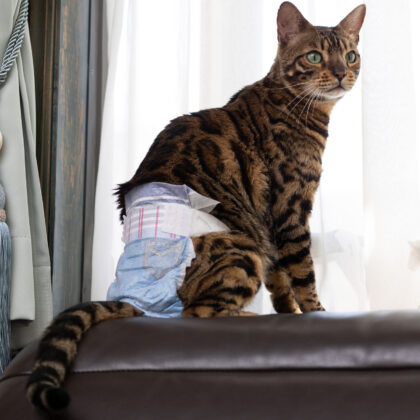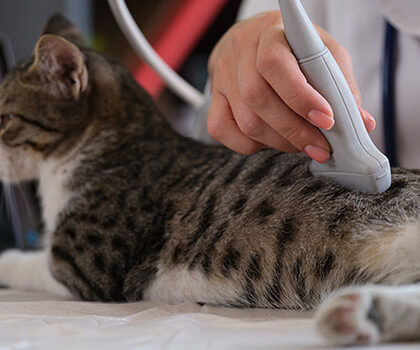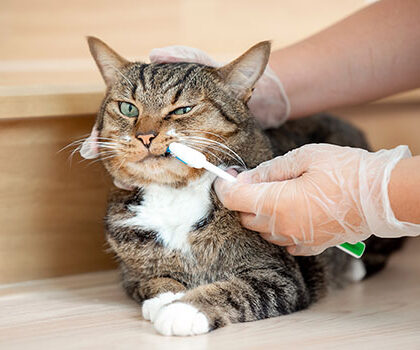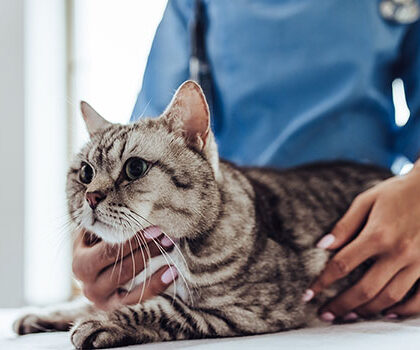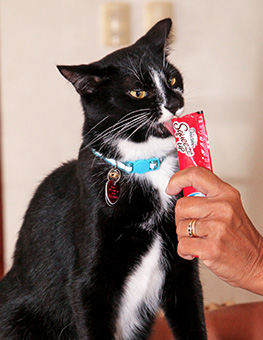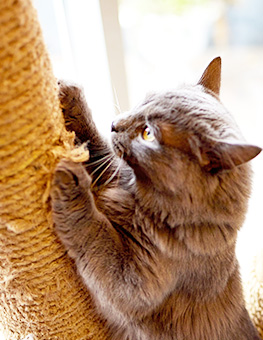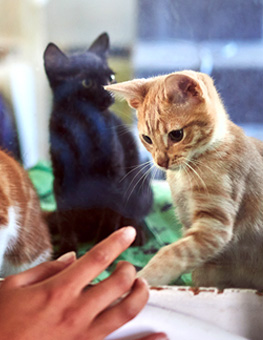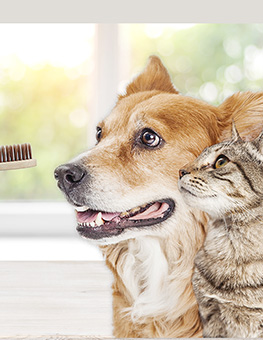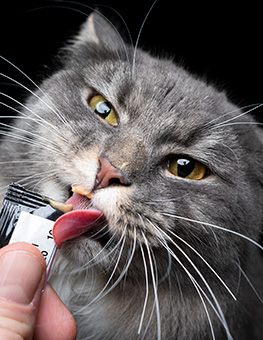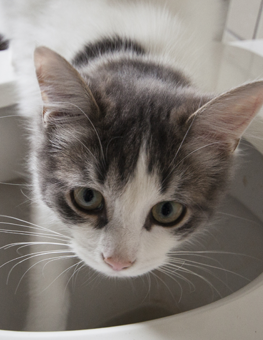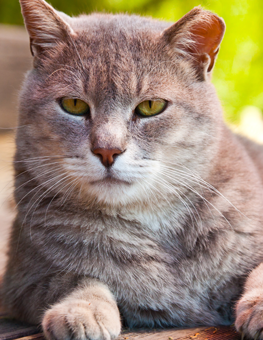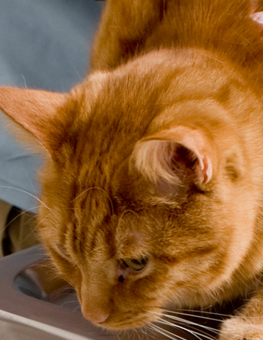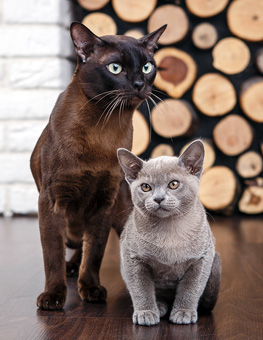Litter Box Training
Your kitten pees and poops on his own. It’s time to learn to use the litter box.
Wild kitties instinctively eliminate in loose material like dirt or sand. When they finish, they cover their waste to hide their presence from larger predators and more dominant cats. That tiny kitten you’ve been stimulating with a cotton ball has the same instinct. Up until now, he just hasn’t had the muscle control to go to the bathroom on his own. Unlike puppies who may take months to housebreak, kittens arrive in this world pre-programmed with bathroom instructions. They’re bodies just run the program with a three-week delay.
When your kitten reaches three weeks, you may notice the linens feel damp or you may find some poop in his bed. Like the pull-up diaper commercial says, “He’s a big boy, now.” That means his abdominal muscles have grown strong enough for him to potty on his own.
It’s time to give him a litter box with very low sides. (Or start out with the boxes canned cat food arrives in. The sides rise only an inch high, you can toss them when they get dirty, and they’re free.) In a few weeks he’ll be able to use a standard box with low sides, but in the beginning make his toilet inviting and easy to access.
So he understands the purpose of the litter box, stimulate him to poop and pee over the pan. Or (if your cats are healthy) pour a couple of cups of used cat litter into the training box. Either way, it now has that used litter smell that tells him what he’s supposed to do there.
In the beginning kittens aren’t very steady as they try to balance, squat and push all at the same time.
Sometimes they stumble into their fresh messes. Don’t get worked up when he steps in a pile of poop. He’s still learning how to control those legs. Pee clumps clinging between his paw pads are uncomfortable, and you don’t want him ingesting the clay when he grooms himself. At least for the first few weeks, offer him unscented nonclumping clay litter or a natural clumping litter. After that you can switch to your preferred cat box filler. After every meal, simply place him in the box. Wearing protective gloves, scratch the litter with your fingers. He’s not only going to catch on, he’ll be digging it, literally! He’ll scratch the litter, circle a couple of times and then squat. Amazing! He might decide the box is a neat playground and dig and play in it for a while. If he hops out, simply put him back facing a corner (so he’s doesn’t get distracted) and scratch the litter. Eventually, he’ll get bored and accommodate you.
When he goes, praise him to the moon. He’s such a smart baby! Everything about the box should be fun and positive.
He’ll need to use the litter box when he wakes up from a nap, following a play session and after every meal. Never yell at him for not going, or discipline him for a mishap. And certainly don’t expect any potty etiquette from a kitten struggling with diarrhea. Until he’s producing formed poop, continue to keep him confined when you can’t monitor him.
When accidents happen, clean up the mess, making sure you remove all of the odor. Hopefully, you have him in a bathroom where you can clean it up easily. Also keep his box clean. Don’t make him navigate around a minefield of poop.
Since socialization is so important to his development, let him run around. But keep an eye on him. If he disappears, starts sniffing around or heads to the corner of the room, unceremoniously scoop him up and place him in the litter box.
Kittens will often provide some hints that something is up. While concentrating on making his anal muscles work he’ll often let out a little sounds like a moans or squeaks. It might more appropriately be described as a pep talk. “I can do it.” When you hear him encouraging himself, gently pick him up and just as gently set him in his box. No matter how many times you catch him making a mistake, don’t drop or throw him in the box. That will just teach him to fear it and you. As he finishes, praise him and tell him what a big boy he’s become.



